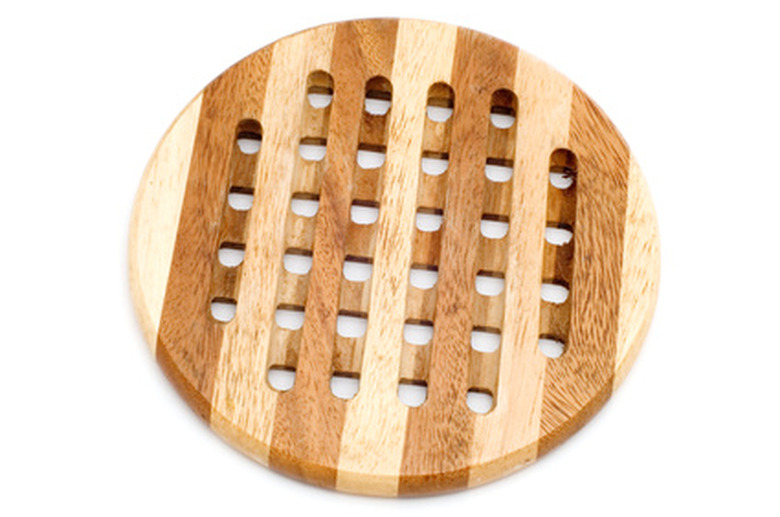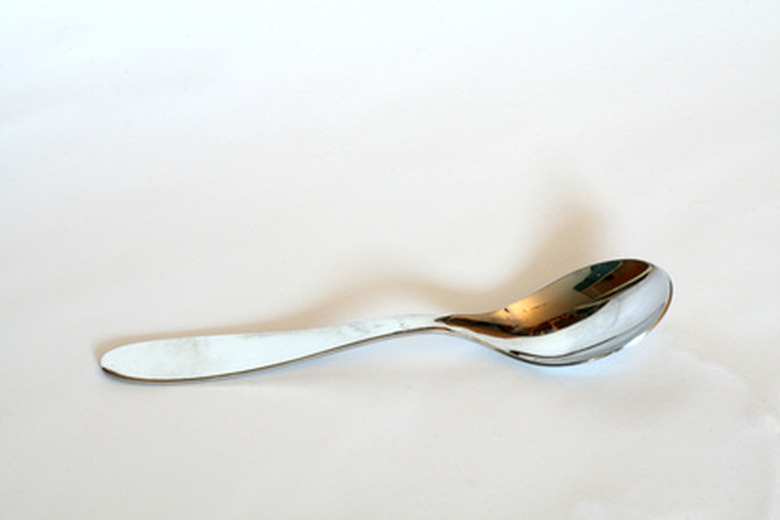How To Make A Simple Electric Conductivity Apparatus
In some materials, such as metals, outermost electrons are free to move while in other materials, such as rubber, these electrons are not free to move. The relative mobility of electrons to move within a material is defined as electric conductivity. Hence, materials with high electron mobility are conductors. On the other hand, materials with low electron mobility are called insulators.
Step 1
Place a battery in a battery holder. Connect the positive lead of the holder to one end of the metal strip.
Step 2
Place the bulb in the holder.
Step 3
Connect other end of the metal strip to the positive of the bulb through the wire from the bulb holder.
Step 4
Connect the negative of the bulb to the negative of the battery. The circuit is complete, and the bulb should light. This is because metal is a good conductor of electricity.
Step 5
Replace the metal strip with rubber. The bulb in this case will not light, demonstrating that rubber is an insulator.
Step 6
Replace the rubber with a pencil, touching the graphite inside. The bulb in this case will light, demonstrating that graphite is a conductor.
Things Needed
- Battery (size D)
- Battery holder
- Christmas light
- Bulb holder
- Electric wire
- Pencil/ graphite
- Rubber
- Metal strip
TL;DR (Too Long; Didn't Read)
The same experiment can be conducted with different materials to test their electrical conductivity.
References
Cite This Article
MLA
Tiwari, Rashi. "How To Make A Simple Electric Conductivity Apparatus" sciencing.com, https://www.sciencing.com/make-simple-electric-conductivity-apparatus-6147957/. 24 April 2017.
APA
Tiwari, Rashi. (2017, April 24). How To Make A Simple Electric Conductivity Apparatus. sciencing.com. Retrieved from https://www.sciencing.com/make-simple-electric-conductivity-apparatus-6147957/
Chicago
Tiwari, Rashi. How To Make A Simple Electric Conductivity Apparatus last modified March 24, 2022. https://www.sciencing.com/make-simple-electric-conductivity-apparatus-6147957/


